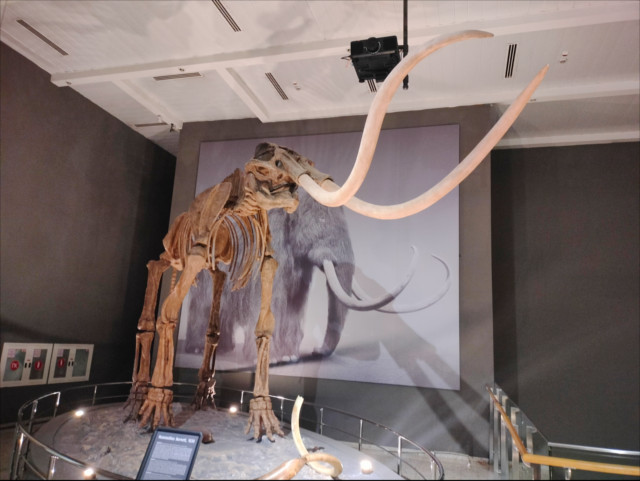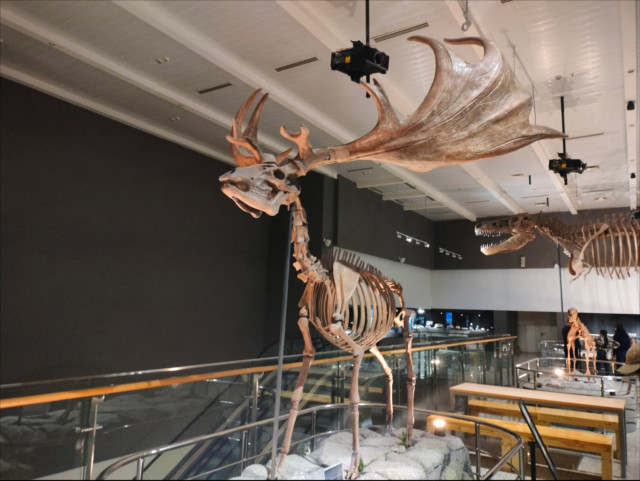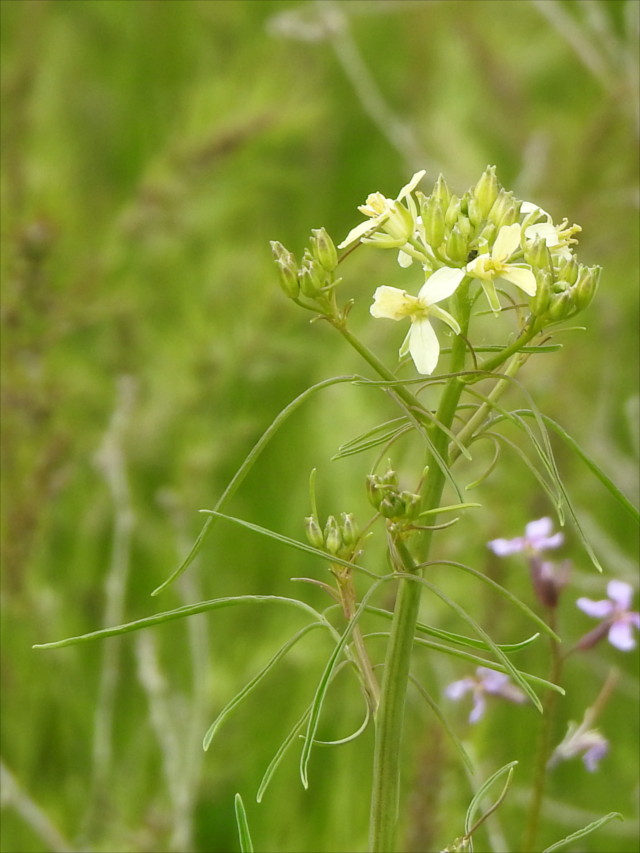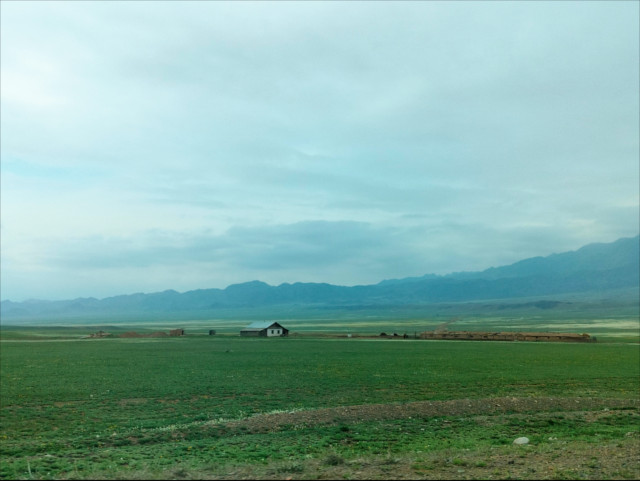Eurasia’s steppe, all ten million square kilometers of it, is the largest ecoregion in the world. It is quite possible that when it first developed, it was by far the largest ecosystem on land. I tried to find out the geology of this vast region and realized that it is so large that the history of its assembly is the geological history of the continents of Asia and Europe. Its beginnings are possibly over 200 million years in the past, and it was already one piece of land when the supercontinent of Laurasia came together. Although north America and Eurasia were joined together, grasses did not take over large parts of the world at that time. So the prairies and the steppe evolved in parallel later.


Past responses to disturbance in the Asian steppe-desert imply that modern ecosystems are unlikely to recover their present structures and diversity if forced into a new regime. This is of concern for Asian steppes today, which are being modified for human use and lost to desertification at unprecedented rates.
N. Barbolini et al (Science)
When you are in the steppes you see grasses and low herbs of various kinds everywhere. I noticed first the domesticated species: horses, cattle, sheep. There are stories of wolves, and there are smaller creatures, various kinds of herbivorous burrowing rodents and rabbit-like species, and a a huge variety of birds. The steppe eagle and the wolf could be the biggest hunters here, but there are certainly weasels and their relatives, wild canids, and bears. I wondered how this ecosystem come about. Fortunately the answer was not hard to find. There was even a paleontology section in the National Museum in Astana which gave the answer.


More than 40 million years ago mammals were diversifying across the world to fill ecological niches vacated by mass extinctions after the Chicxulub impact. During a hot and wet period of the earth, two families of flowering plants proliferated across the steppes. They fed a group of ancestors of the odd-toes ungulates whose descendants today are equids, rhinoceri, and tapirs. You see above two of the fossils recovered from this time. This era was brought to an end as by three gelogical events.
One was that India collided with Asia, raising the Tibetan plateau, and cutting off monsoon circulation in the steppes. Another event was the northward movement of Africa which closed off the Parathetys sea, which had originally spread from the Mediterranean to Mongolia. And also at this time the earth began to cool and the Antarctic ice sheet formed for the first time. As a result the climate of the steppes became arid, and this first ecology of the Cenozoic era was decimated. The desert steppes were left populated mainly by rodents and rabbits.


Then, about 17 million years ago the climate warmed again and the steppes became covered with grasses and shrubs. On this stage then appeared the mega-mammals: giant deer, woolly mammoths, lions, aurochs, and the like. Eventually, about 10,000 years ago a tool-using ape species from Africa expanded its range into this region. Interestingly, the geological record shows an almost immediate disappearance of these large animals. Most people would conclude that some species were hunted to extinction, and others which were dependent on them died away as a result.
Later the same ape species introduced the domesticated animals which now roam the steppes. Even this landscape is under threat. The Gobi desert is expanding. If it expands enough then the grasses will go the way of the previous ecology. When the earth recovers the species that come will be new and would be unfamiliar to us. But grassland apes like us will not be around to marvel at them.












